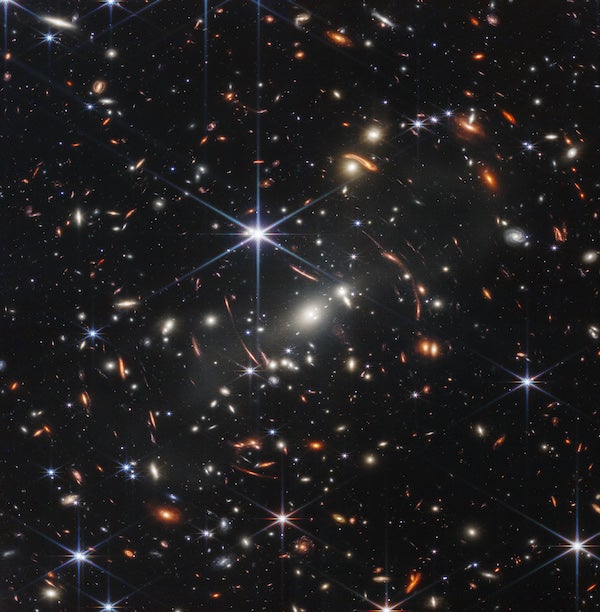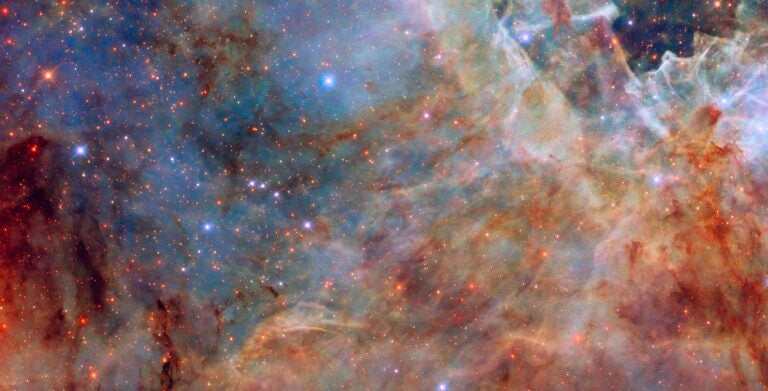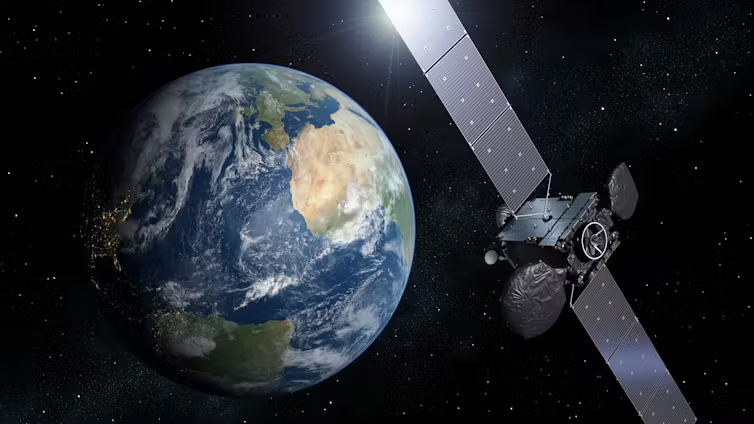
How far back in time will JWST be able to capture light? How does that compare to the first light generated after the Big Bang?
Jim Doty
Perry Hall, Maryland
The universe is 13.8 billion years old. The oldest light ever observed was seen by NASA’s Cosmic Background Explorer (COBE) mission. Launched in 1989, COBE measured the cosmic microwave background — the faint relic radiation filling all of space — created just a few thousand years after the Big Bang.
The James Webb Space Telescope (JWST) is designed to explore a subsequent epoch in which the universe was roughly 100 million years old. During this time, the first stars and galaxies formed. Thus, researchers expect that JWST will be able to study the earliest galaxies and supernovae produced by the universe’s first stars.
JWST’s large aperture and infrared capability enable astronomers to explore, for the first time, this period of galaxy formation. These data will help astronomers determine which of their theoretical models of how the universe evolved is correct.
Matt Greenhouse
Science Instrument Payload Project Scientist, James Webb Space Telescope Program, NASA, Washington, D.C.









